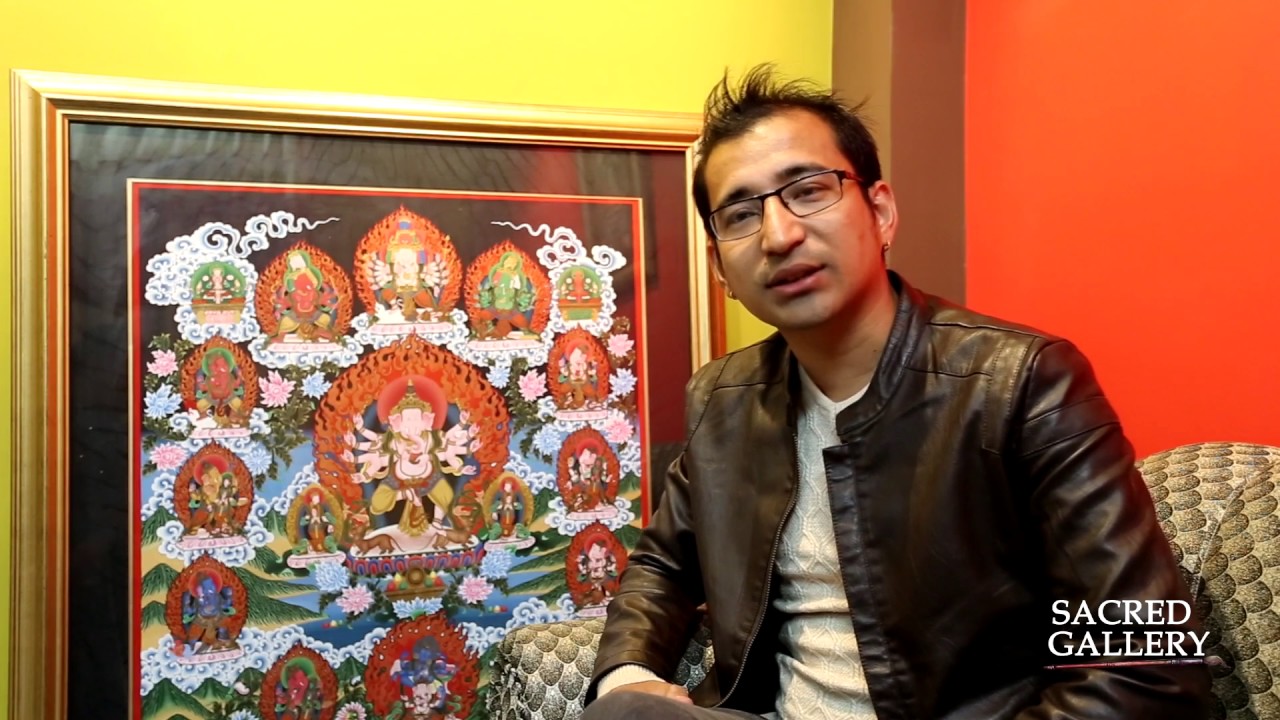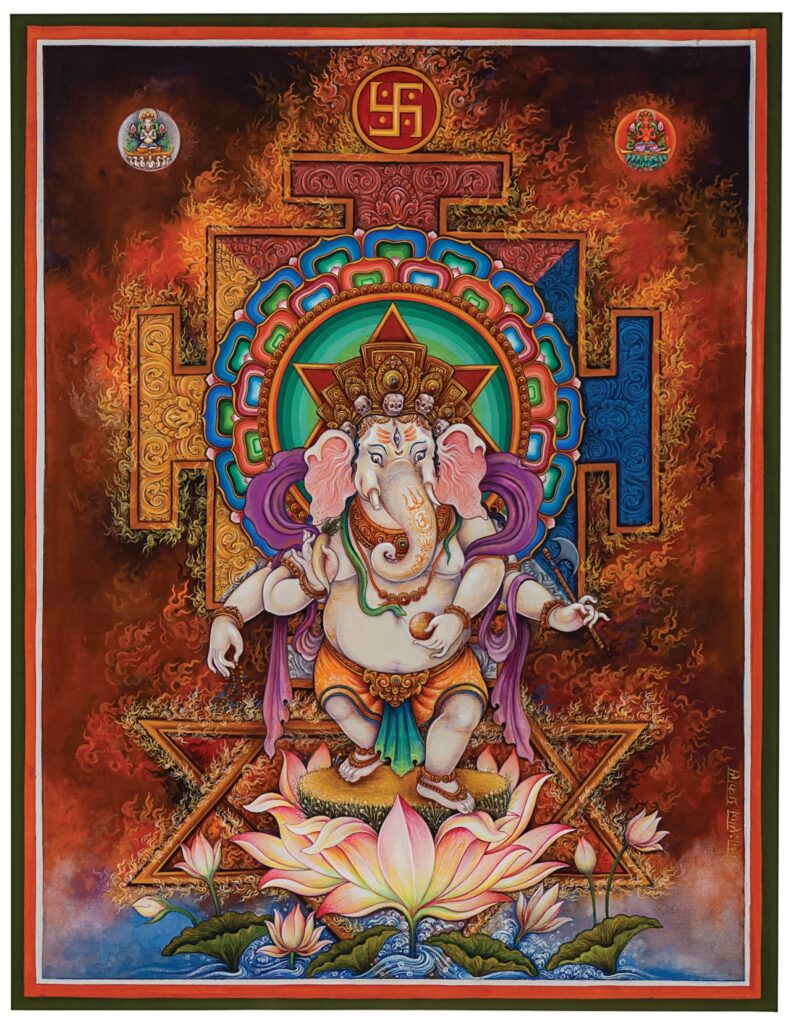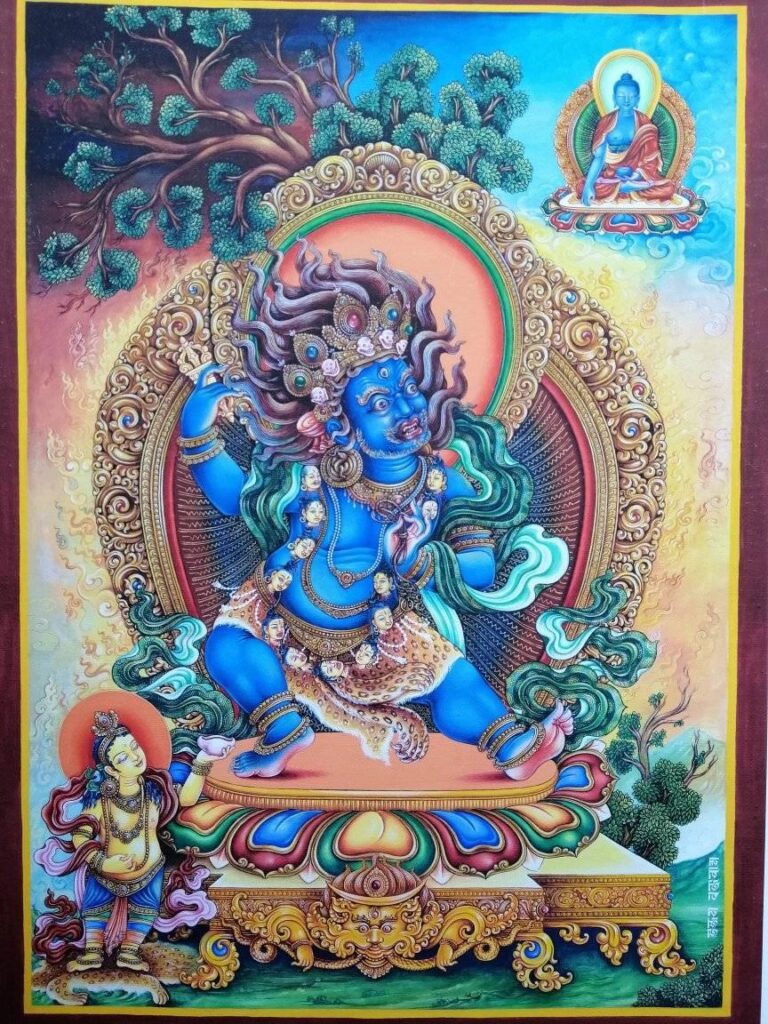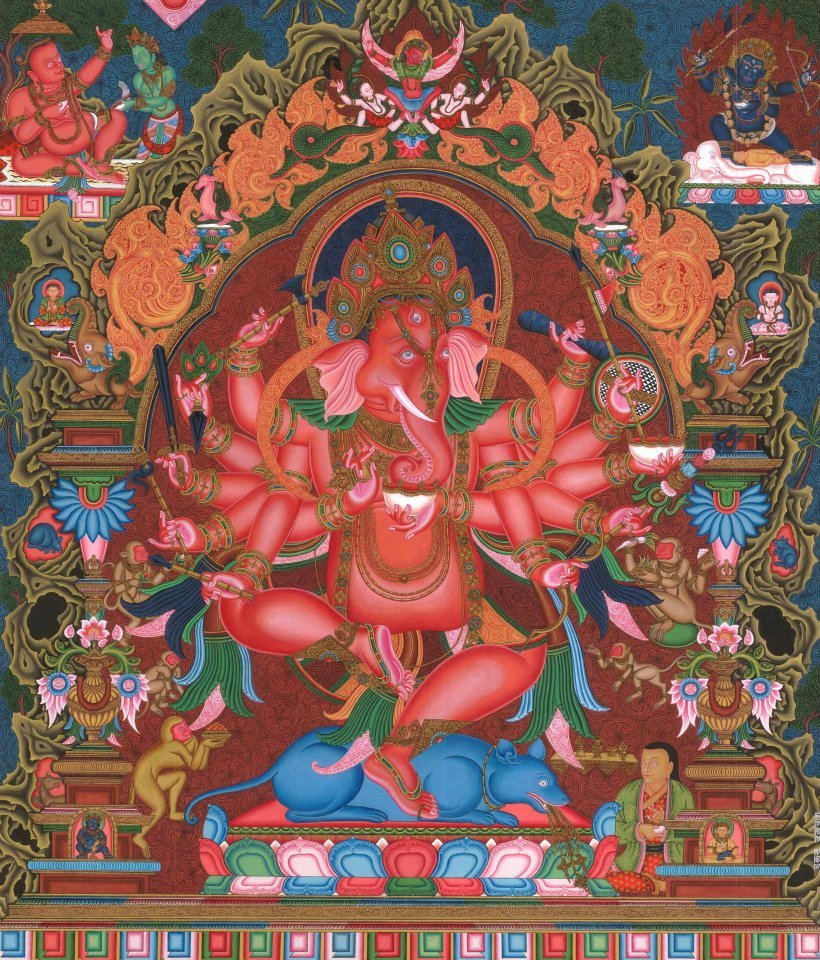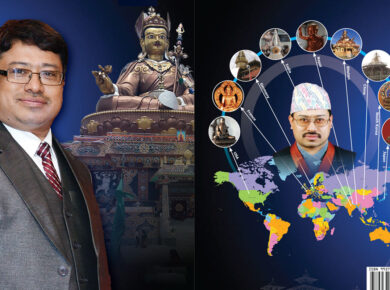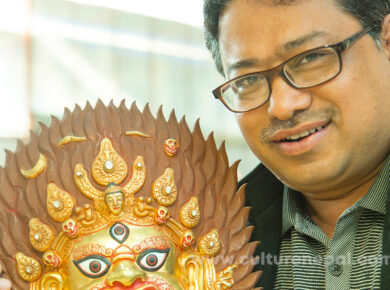
image source: tumgir.com 
image source: tumgir.com 
image source:tumgir.com
The various kinds of media, people use to express their feelings, emotions and ideas can be considered as an art. Art can be represented to learn the civilization of the past. Ancient arts including painting, sculpture, architecture and so on recounts the stories of our glorious past. It also assists us to know ourselves better and understand how our civilization evolved over the centuries.
Art has been developed in various forms gradually along with religion and culture since ancient times in Nepal. A tiny geographical area of mere 250 sq.miles of the Kathmandu Valley, Newar Traditional Art has been developed unusually in disproportionate way to the size of its evolving area. Newar Traditional Art is one of the best examples, reflecting the Nepalese people’s high evolvement in art, which was developed exclusively by Newars of the Kathmandu Valley, the capital city of Nepal. Newar traditional art has successfully gained interest of global audiences because of the distinct features inherent in it. Now days, international museums seem incomplete without the presence of Newar traditional art, hence, to showcase this form of art is essential. Due to this deserving fame of Newar Traditional Art, it represents the entire form of Nepali Traditional Art and thus it won’t be differ to say Nepali Art is Newar art and vise of versa.
Contrary to various genres of international art, where the artist is allowed to unleash his imagination without any such boundaries, Newar Traditional Art manifests a deeply-disciplined approach with specific rules and rituals. Western Art mostly portrays on the theme of contemporary situation, landscape, portrait, religion, expression of feelings and so on, whereas, We can still find the various genres of art and their global stylistic influence on them. Our ancestors had left us lots of examples to prove this historical fact in the form of Bahals, Bahils, temples, sculptures, stone crafts and metal crafts especially in the Kathmandu Valley.
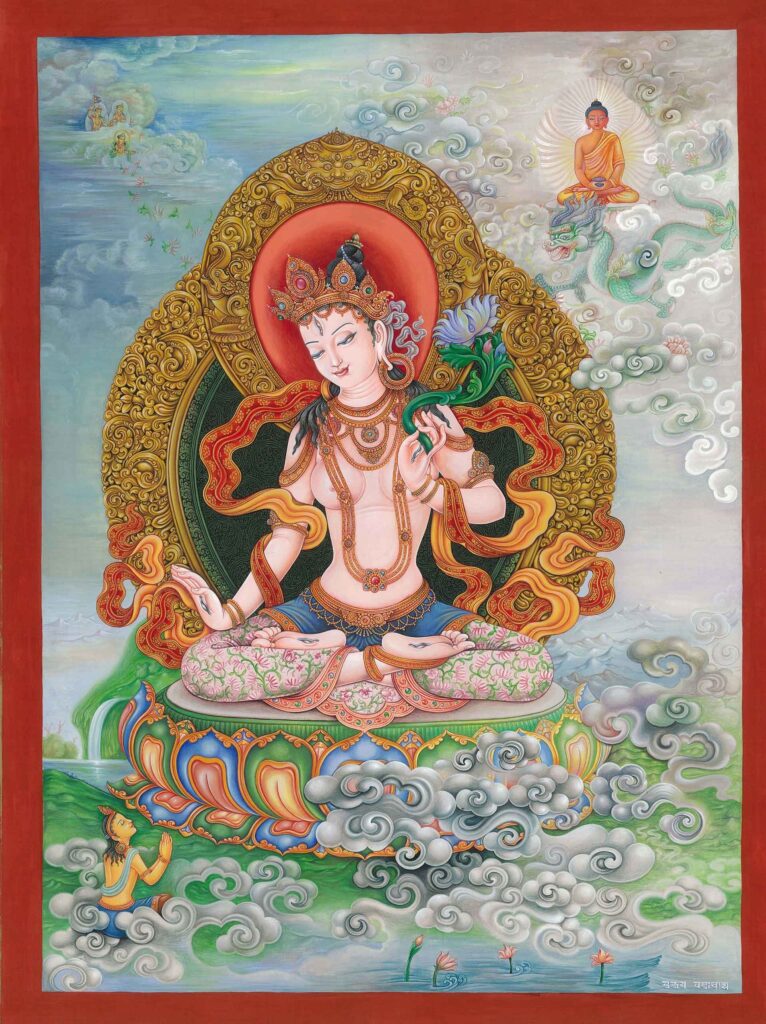
Newar Traditional Artists have to be based on the authentic religious texts of pantheon for the theme and follow the strict discipline whereas they are free for the stylistic innovation resulting to higher creative transformations in Newar Art. Thus, it is hard to understand without the proper knowledge of religion and its symbolic motifs.
The traditional master-artists from Newar community of the Kathmandu Valley had developed their distinct style before the Lichchavi period (464-880), the Golden age of Nepalese Art. We can assume that the Kathmandu Valley had been the artistic centre during the pre-Lichchavi period with the recently discovered sculptures from the 2nd and 3rd centuries. With all these spectacular and aesthetics conceptions in Newar Art along with the iconographic expertise, the Newar artists had been highly acclaimed by the international art lovers throughout the world.
